There will be times that you will need to just adjust the hydration because the dough is just too wet or dry. Instead of guessing how much to reduce or increase the liquids follow this simple formula below. First find out what is the hydration of the recipe and go from there.
Pizza Recipe with no sourdough starter
260g water
303g hard white
3g yeast (heaping tsp.)
3g salt (heaping tsp.)
This recipe is at 86%
260g water = .858 x 100 = 86%
303g hard white
How much extra water do you need for 90% hydration
x (water) =.9
303g hard white
x= .9 (303)
x= 273g water
So you will need to increase the water in this recipe to 273g to have the recipe at 90% hydration.
To check 273g water = .90 x 100 = 90%
303 hard white
Tips:
The lower hydration doughs are firmer and drier in the 50 – 64 % range of hydration. The medium hydration doughs are stickier and wetter at around 65% to 76% hydration (loaf Breads). High hydration doughs are more like a thick batter and are extremely wet and sticky at 77% and up (Pizza dough).
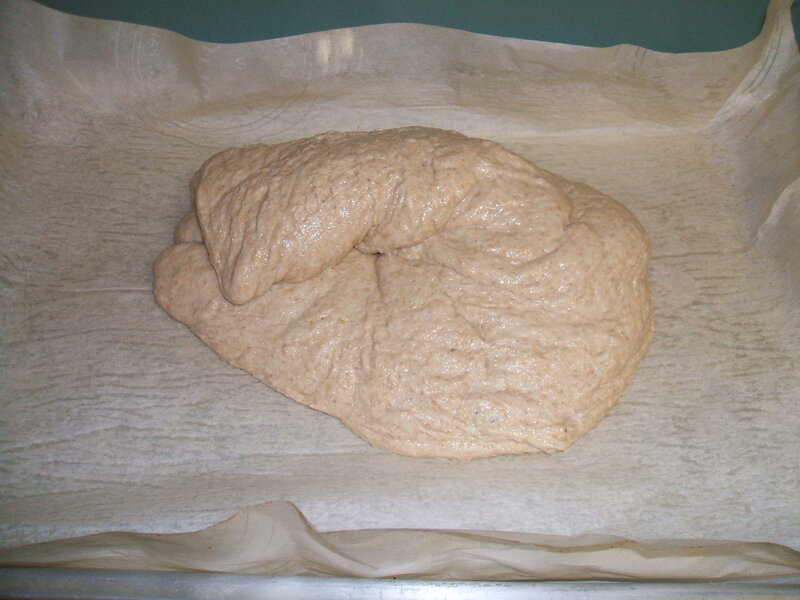
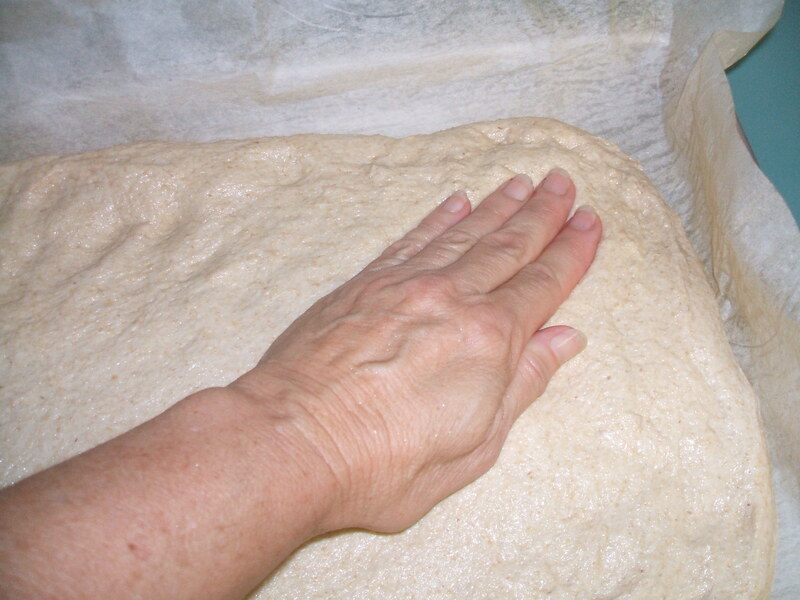
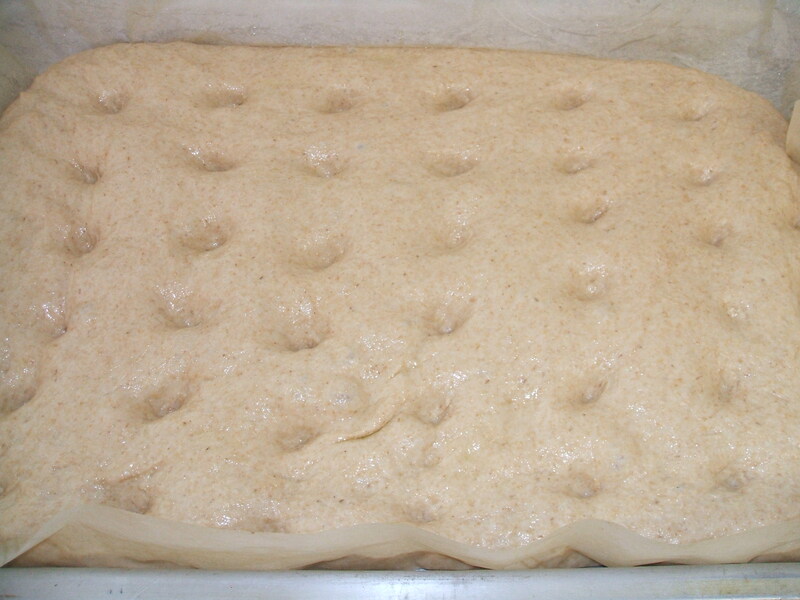
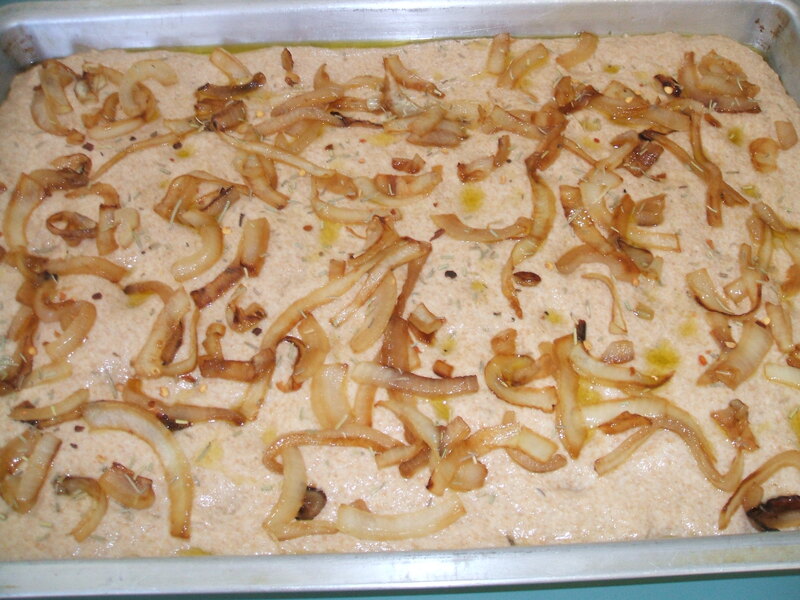
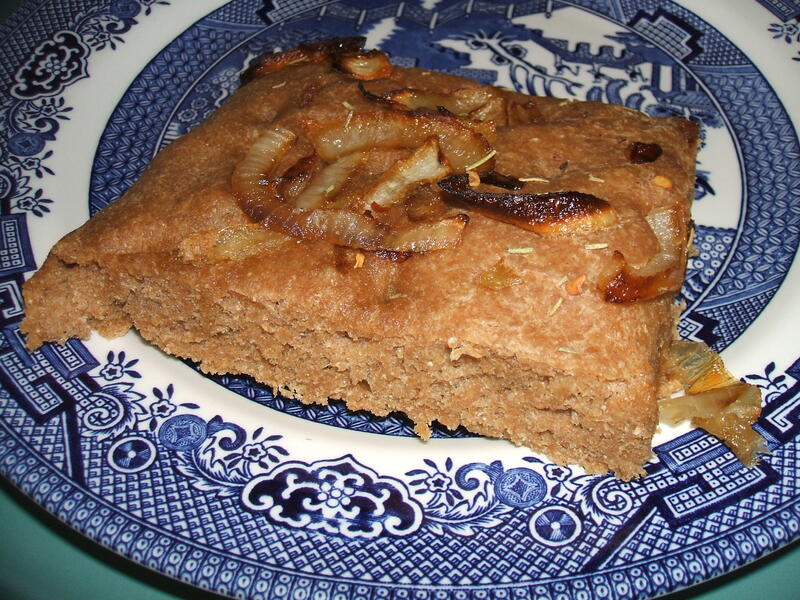
 RSS Feed
RSS Feed
